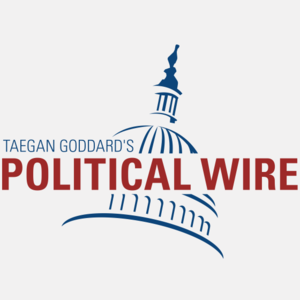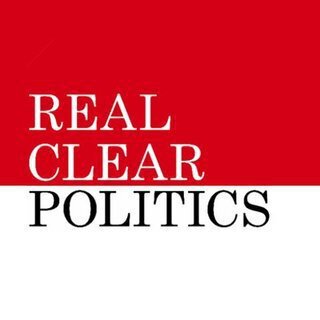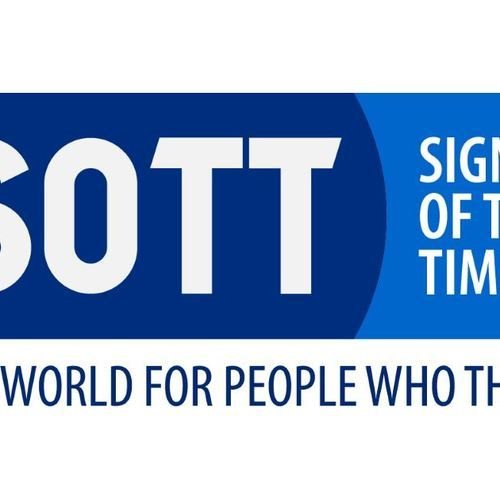The Trump transition team is reviewing a draft executive order that could dramatically change how top military officers are evaluated and removed. If enacted, the proposal would establish a “warrior board” composed of retired senior military personnel tasked with reviewing the leadership of three and four-star generals and admirals.
Officers deemed unfit could be retired within 30 days, bypassing the Pentagon’s traditional promotion and review system.
According to sources familiar with the plan, the board’s review would focus on “leadership capability, strategic readiness and commitment to military excellence.” However, the specific criteria remains undefined.
The proposal appears to align with President-elect Donald Trump’s campaign promises to remove so-called “woke generals” and eliminate diversity training programs in the military. Trump also pledged to hold accountable those involved in contentious decisions, including the 2021 withdrawal from Afghanistan.
Supporters of the proposal argue it would strengthen military readiness and improve leadership. Critics warn the plan could undermine the military’s nonpartisan tradition and constitutional allegiance.
Retired Maj. Gen. Paul Eaton of VoteVets called the proposal a step toward creating a military more loyal to Trump than to the Constitution. This raises concerns about its potential to politicize the armed forces.
The draft order reportedly draws inspiration from a World War II-era initiative by Gen. George Marshall, which aimed to remove underperforming officers and promote younger talent.
Critics argue the current version lacks clear standards and risks arbitrary dismissals. This could potentially erode trust and morale within the ranks.
The Trump transition team hasn’t commented directly on the draft order. However, a spokesperson stated that the president-elect is committed to fulfilling his campaign promises, including significant reforms to the Department of Defense.
If implemented, the order would mark a significant shift in the relationship between civilian leadership and the military. This could raise questions about the balance of power and the implications for U.S. defense policy.








































